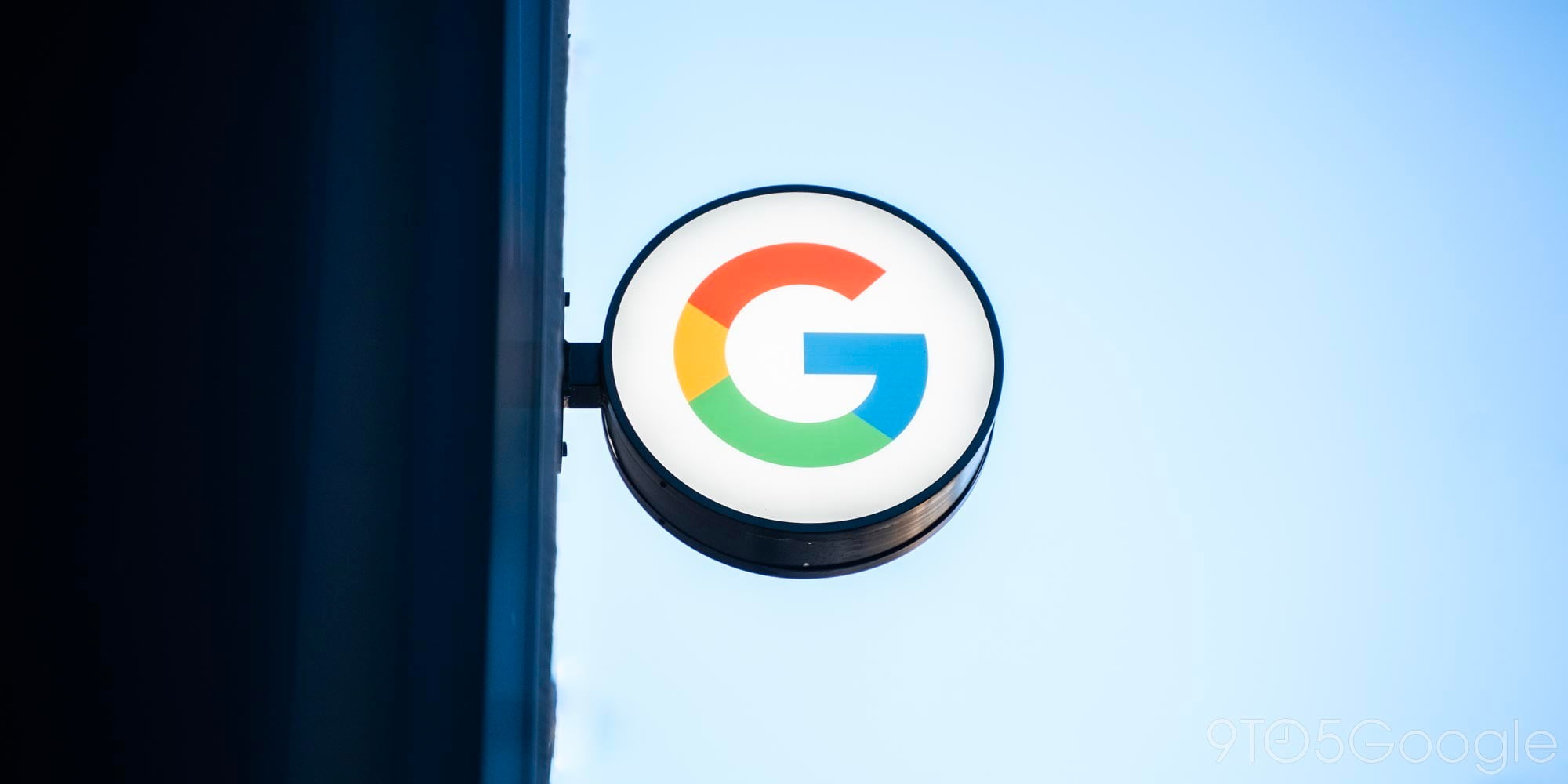

Meet the LG V10. Somewhat of a super phone for LG, it features two screens, dual-front cameras, an extensive manual video mode for the rear shooter, and some beefy specifications. Basically, LG just gave the middle finger to anyone who bought a G4, because this might be a much better version of it…
Inside, this beast is rocking a Snapdragon 808 processor with 4GB of RAM, 64GB of internal storage, and in good old LG fashion, they’ve stuck with a removable back cover which will give you access to a micro SD card slot that is expandable up to 2TB and the user-replaceable 3,000 mAh battery. Speaking of battery, it’s hard to judge performance in this area right now as I’ve been testing a Korean model with my T-Mobile SIM card. We’ll be sure to update you on this in the future, but for now battery life seems alright. It’ll last you about a day, but not a hair longer.
Around the front side, you’ll find a 5.7-inch QHD IPS display which packs in 515 pixels per inch and is covered by Gorilla Glass 4. Right above that gorgeous panel is a secondary 2.1-inch display rocking a 160 x 1040 resolution, which we’ll talk about in a bit. The design is just okay. I’m not a huge fan of how large this device is, but the back panel has a nice and grippy texture to it. There are 316L stainless steel rails which LG calls Dual Guard lining the sides of the phone. The overall design language here screams “rugged” and LG claims to back that up with military-grade durability.
Check out our LG V10 unboxing & impressions video below:
[youtube=https://www.youtube.com/watch?v=FeUhjcO_sQo]
As far as software goes, this is exactly what you’d expect from LG. I’m personally not a fan of their Android skin at all. It’s clunky, cluttered, and just a mess overall. Without hesitation, I slapped Nova Launcher over the top to smooth things out, but unfortunately that won’t get rid of the massive amounts of bloatware installed on this Korean model. There’s nothing special happening with the software or interface though.
What’s interesting about the V10 is the wacky features it packs. Along the top end, you’ll find two front-facing cameras. Both shoot 5-megapixel photos, but one of them has an 80-degree field of view, while the other has 120. I’m not even sure why both of these are necessary. It’s obvious that the wider angle is superior, but whatever.
There’s also a fingerprint sensor on the backside, which for some reason, takes ages to setup. It seems to work pretty well in practice, but the setup process is an absolute nightmare, which I hope that future software updates will fix.
The most notable feature with LG’s V10 has to be its second display. The biggest thing this 2.1-inch screen has going for it is shortcuts and notifications. When the phone is unlocked, you can swipe through different screens for various shortcuts, contact favorites, recent apps, media controls, and other options which can all be completely customized within the Settings app. This little screen will also exclusively show notification banners and prevent them from consuming real estate on the main display, which is pretty neat. I did, however, notice a ton of light leak coming from that second display, but that could be an issue with my device.

While the device is locked, there’s not much the second display offers, but it is always on if that’s important to you. It’ll show your name, some status icons at times, and there’s a set of toggles for things like Wi-Fi, sound, enabling the flashlight, and a camera shortcut. I guess this screen is useful, but to be honest it’s damn near impossible to reach with one hand and I haven’t quite gotten used to it yet, but time will tell if this additional screen is worth the hype.
On the backside of the V10, we have a 16-megapixel camera, LED flash, and LG’s laser auto-focus. What’s particularly interesting about this camera (and probably more-so its software) is the ability to use full manual controls when recording video. You can control which microphones are being used, white balance, focus, ISO, shutter speed, and all while shooting up to 4K video resolution. Along with that it packs optical image stabilization and digital stabilization to keep things steady. And if that wasn’t enough, for all of you audiophiles out there, the V10 even packs in its own 32-bit DAC for crispy audio playback. Anyway, let’s take a look at how this camera performs….
Check out our camera samples below and check out the above video for a manual mode 4K demo.
So in a nutshell, this is the LG V10. A very capable device that’s packing features which make the LG G4 look like a joke. It’s speedy with beast specs, two displays, three cameras, and basically everything you would need from a powerhouse of a smartphone. The bad news is, the V10 is simply way too late to the game. It’s nearly the end of 2015 and I’m just not sure how well this phone will do in terms of sales. Either way, I like the way that LG is thinking and I think that future iterations of this smartphone and other releases with the same attitude can only do great things in the competitive mobile market. What do you think about LG’s V10?
FTC: We use income earning auto affiliate links. More.



Comments